The Robotic Land Mowers Market is currently characterized by a dynamic competitive landscape, driven by technological advancements and increasing consumer demand for automation in lawn care. Key players such as Husqvarna (SE), Bosch (DE), and Robomow (IL) are at the forefront, each adopting distinct strategies to enhance their market positioning. Husqvarna (SE) focuses on innovation, particularly in developing AI-driven mowers that optimize cutting patterns and energy efficiency. Bosch (DE), on the other hand, emphasizes partnerships with tech firms to integrate smart home capabilities into their robotic mowers, thereby appealing to a tech-savvy consumer base. Robomow (IL) is strategically expanding its product line to include models that cater to both residential and commercial markets, indicating a broader operational focus that could reshape competitive dynamics.
The business tactics employed by these companies reflect a trend towards localizing manufacturing and optimizing supply chains to enhance responsiveness to market demands. The Robotic Land Mowers Market appears moderately fragmented, with several players vying for market share. However, the collective influence of major companies like Husqvarna (SE) and Bosch (DE) suggests a potential consolidation trend, as these firms leverage their technological prowess to outpace smaller competitors.
In August 2025, Husqvarna (SE) announced the launch of its latest AI-powered robotic mower, which features advanced navigation technology that allows for real-time adjustments based on environmental conditions. This strategic move not only reinforces Husqvarna's commitment to innovation but also positions the company to capture a larger share of the premium segment of the market, where consumers are increasingly willing to invest in high-tech solutions for lawn care.
In September 2025, Bosch (DE) entered into a strategic partnership with a leading smart home technology provider to enhance the connectivity features of its robotic mowers. This collaboration is likely to broaden Bosch's appeal among consumers who prioritize seamless integration of their home devices, thereby enhancing user experience and potentially increasing market penetration.
In July 2025, Robomow (IL) expanded its distribution network by partnering with major retail chains across Europe, aiming to increase accessibility to its products. This strategic action is indicative of Robomow's intent to solidify its presence in the competitive landscape, as it seeks to capitalize on the growing trend of consumers preferring to purchase smart home devices in physical retail environments.
As of October 2025, the competitive trends within the Robotic Land Mowers Market are increasingly defined by digitalization, sustainability, and the integration of artificial intelligence. Strategic alliances are becoming pivotal, as companies recognize the need to collaborate to enhance technological capabilities and market reach. Looking ahead, it is anticipated that competitive differentiation will evolve, shifting from traditional price-based competition to a focus on innovation, advanced technology, and supply chain reliability, thereby reshaping the market landscape.


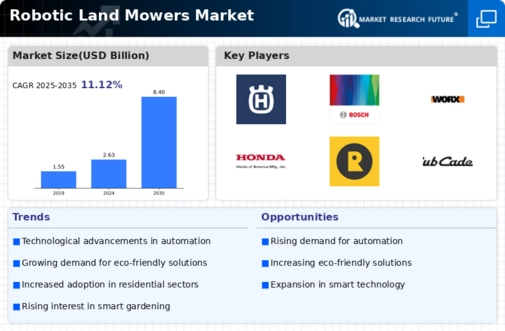
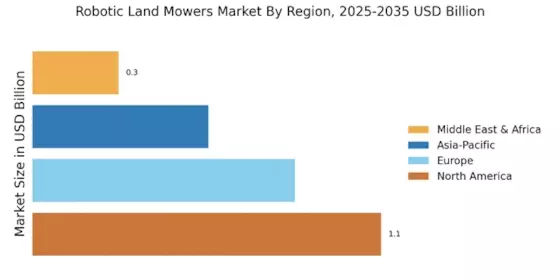

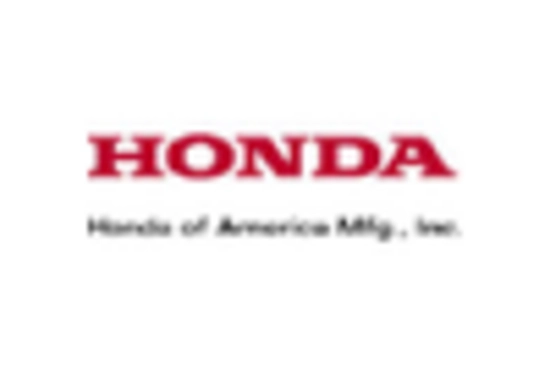


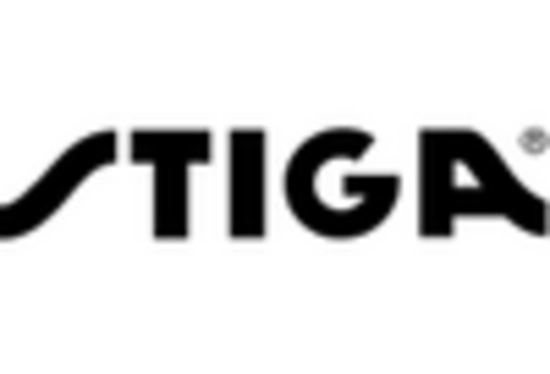
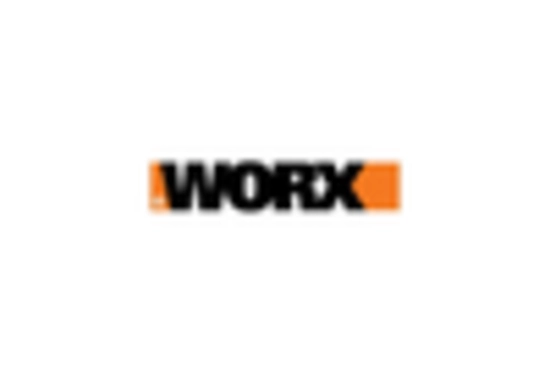








Leave a Comment